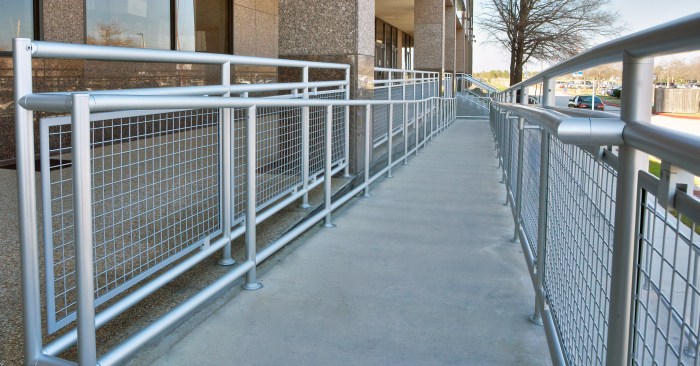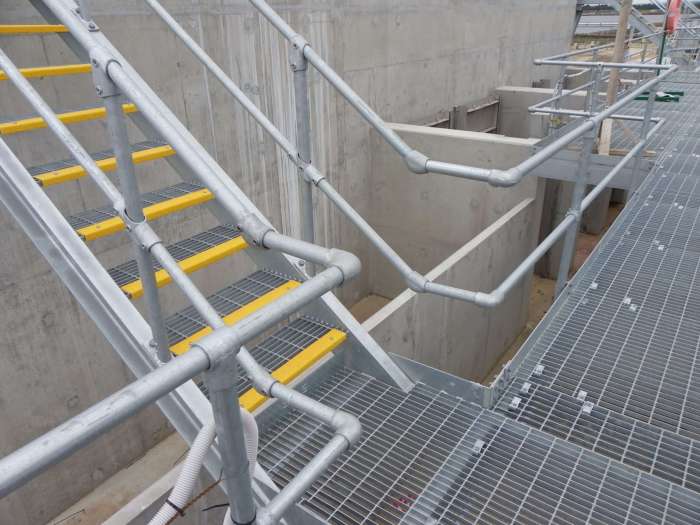All of the following are parts of a balustrade except: this statement initiates an intriguing inquiry into the components that define a balustrade and those that fall outside its scope. Balustrades, as architectural features, have played a significant role in enhancing the aesthetics and functionality of structures throughout history.
This exploration delves into the various elements that constitute a balustrade, shedding light on the excluded parts that contribute to a comprehensive understanding of this architectural element.
A balustrade, by definition, is a decorative railing composed of vertical elements known as balusters, supported by a base and topped by a handrail. It serves both ornamental and practical purposes, enhancing the safety and visual appeal of balconies, staircases, and other architectural features.
To fully grasp the concept of a balustrade, it is essential to identify not only its constituent parts but also the elements that are typically excluded from its composition.
Define Balustrade

A balustrade is an architectural element consisting of a row of vertical supports, typically made of stone, wood, or metal, topped by a horizontal rail or coping. Its primary purpose is to provide safety and protection by preventing falls from elevated surfaces such as balconies, terraces, and stairs.
Balustrades also serve as decorative elements, adding visual interest and enhancing the architectural style of a building.
Components of a Balustrade: All Of The Following Are Parts Of A Balustrade Except

A balustrade typically consists of the following components:| Component | Function | Common Materials ||—|—|—||
*Newel Post | Support the ends of the balustrade and provide stability | Stone, wood, metal |
|
*Baluster | Vertical supports that form the main body of the balustrade | Stone, wood, metal, glass |
|
*Railing | Horizontal element that connects the balusters | Wood, metal, stone |
|
*Coping | Topmost element that caps the balustrade and provides a finished look | Stone, concrete, metal |
Parts NOT Included in a Balustrade

The following elements are not typically considered part of a balustrade:
-
-*Handrail
A horizontal element used for support when climbing stairs or walking along a balcony.
-*Plinth
A base or platform upon which a balustrade is mounted.
-*Apron
A decorative panel or molding that is attached to the underside of a balcony or staircase.
-*Frieze
A decorative band or molding that is located above the railing of a balustrade.
Quick FAQs
What is the primary function of a balustrade?
Balustrades serve both functional and aesthetic purposes. Functionally, they provide support and protection by preventing falls from elevated surfaces such as balconies and staircases. Aesthetically, they enhance the visual appeal of structures by adding decorative elements and creating a sense of grandeur.
What materials are commonly used in the construction of balustrades?
Balustrades can be crafted from a variety of materials, including stone, metal, wood, and glass. The choice of material depends on factors such as durability, aesthetics, and cost. Stone balustrades are known for their strength and longevity, metal balustrades offer a sleek and modern look, wooden balustrades provide warmth and a natural aesthetic, and glass balustrades create a sense of openness and lightness.
What are some common applications of balustrades?
Balustrades are widely used in both interior and exterior architectural settings. They can be found on balconies, staircases, terraces, and rooftops. In interior spaces, they are often used to define and enhance the aesthetics of staircases and balconies, while in exterior settings, they serve as safety barriers and decorative elements.